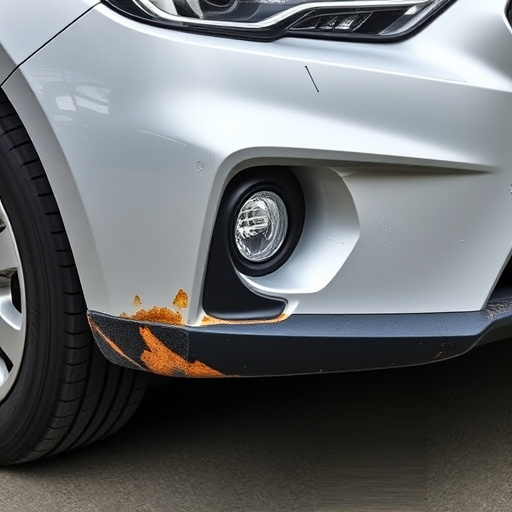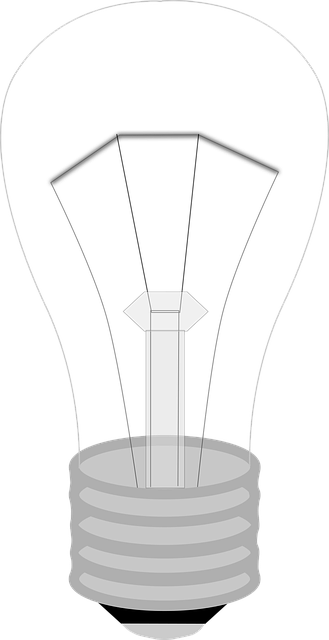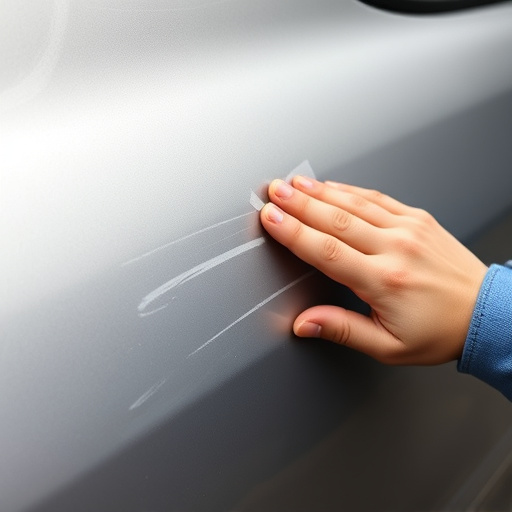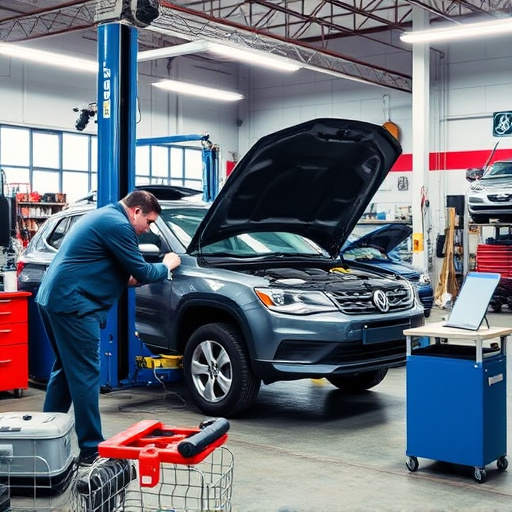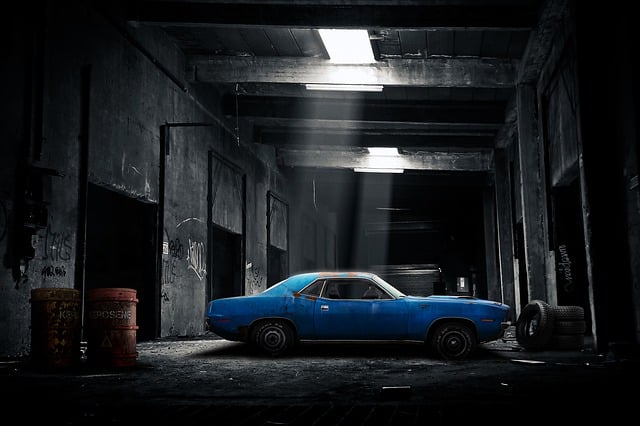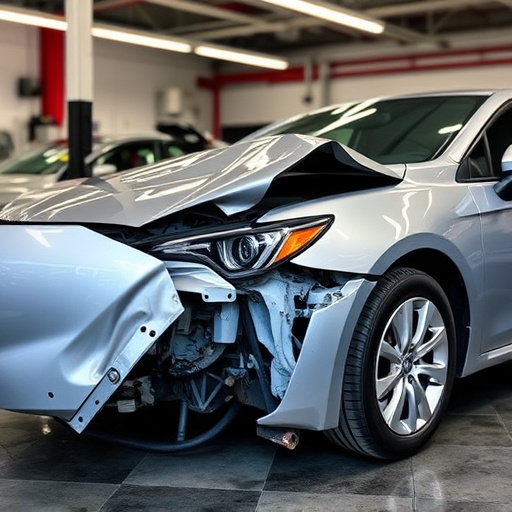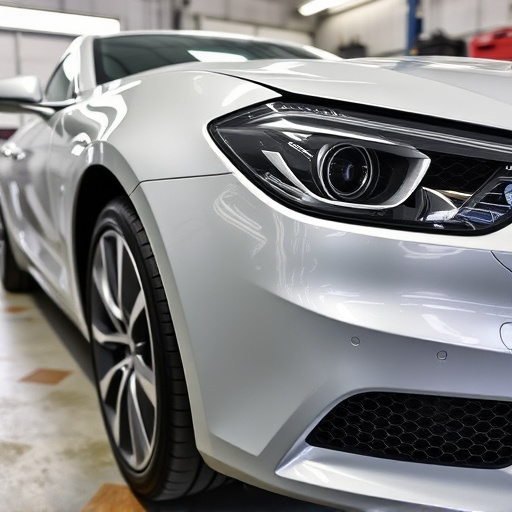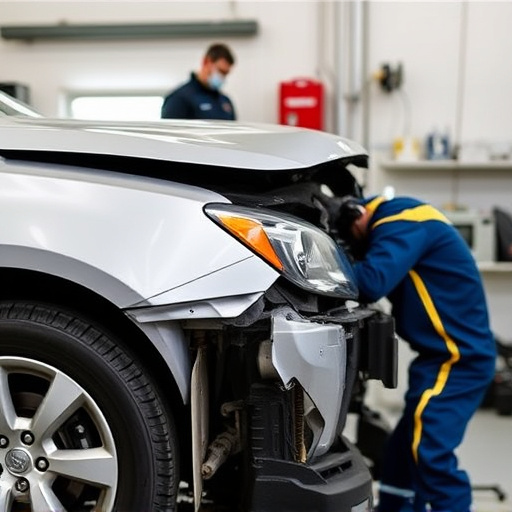Complex headlight restoration cases pose significant challenges due to collision damage, environmental degradation, and prior substandard attempts. Auto repair shops must understand each headlight's unique design and materials, perform thorough inspections, and precisely assess the damage. Using advanced diagnostic tools, experts determine tailored restoration methods, ranging from polishing to 3D printing, ensuring optimal results for enhanced safety and driving experience. Severe headlight damage is caused by environmental factors like harsh weather, road debris, accidents, and repair procedures, impacting visibility and legal compliance. A comprehensive headlight restoration service is crucial for restoring optimal visibility and mitigating these issues.
In the realm of automotive care, headlight restoration services have emerged as a specialized craft. Complex cases, however, present unique challenges that demand meticulous strategies. This article delves into the intricacies of managing such cases, offering insights on defining and identifying severe headlight damage, implementing effective restoration techniques, and ensuring quality control through aftercare and continuous improvement. By understanding these key aspects, professionals can enhance customer satisfaction and deliver superior headlight restoration services.
- Understanding Complex Headlight Restoration Cases
- – Defining complex cases
- – Common causes of severe headlight damage
Understanding Complex Headlight Restoration Cases
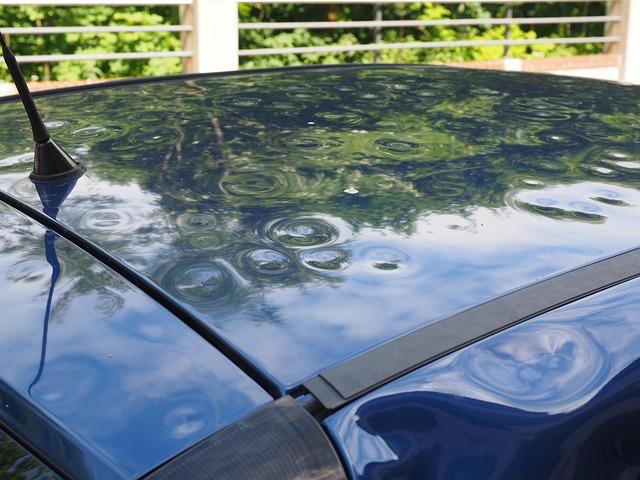
Complex headlight restoration cases often arise from various factors that can make them challenging for automotive repair shops. These include severe damage from collisions, long-term exposure to harsh environmental conditions, and previous improper restoration attempts. Understanding these cases requires a deep dive into the specific issues at hand. Each headlight, with its unique design and materials, presents a distinct set of challenges, demanding tailored approaches in collision repair services.
The key to successfully managing these cases lies in thorough inspection and precise assessment. Automotive repair experts must carefully examine the extent of damage, identifying cracks, chips, or complete lens failure. By employing advanced diagnostic tools, they can determine the most effective restoration methods, whether it’s simple polishing, complex lens replacement, or even 3D printing for custom repairs. This meticulous process ensures that every headlight is restored to its optimal state, providing a safe and enhanced driving experience.
– Defining complex cases

Complex headlight restoration service cases often go beyond routine repairs, involving intricate damage or specialized techniques. These scenarios demand a meticulous approach, requiring auto detailing experts to sift through various factors that contribute to the degradation of headlights. Unlike straightforward auto dent repair or simple maintenance tasks, complex cases necessitate a deep understanding of materials science and advanced restoration methods.
Defining these cases involves assessing extensive paint damage, cracks, scratches, or even severe corrosion. Headlight restore specialists must consider not only the visual impact but also the safety implications for drivers. By distinguishing intricate issues from regular wear-and-tear, auto repair shops can tailor their services accordingly, ensuring optimal results for customers seeking top-tier headlight restoration service.
– Common causes of severe headlight damage
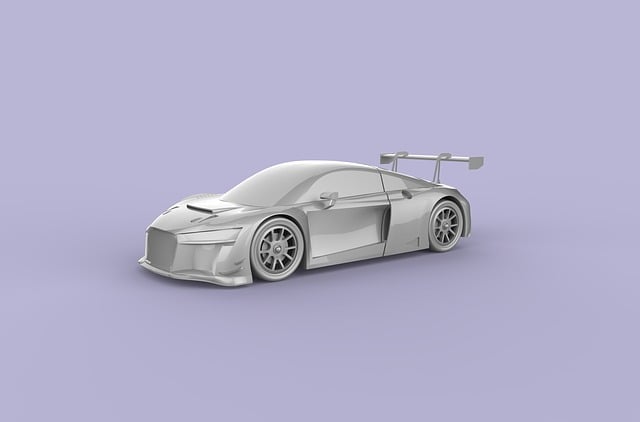
Severe headlight damage can stem from a variety of causes, with environmental factors playing a significant role. Exposure to harsh weather conditions, such as extreme heat, cold, and precipitation, can cause the polycarbonate lenses to yellow, crack, or become clouded over time. This is especially true for regions with rapid temperature changes or areas prone to road salt usage during winter months. Additionally, road debris like gravel, sand, or small stones can etch into the headlight surface, leading to deep scratches and noticeable imperfections that impair visibility.
Accidents and collisions also contribute considerably to headlight damage. Impacts from other vehicles, curbs, or obstacles can deform or crack the headlight housing and lenses, rendering them non-functional. Moreover, certain automotive repair procedures involving auto body work or paint jobs might inadvertently damage the headlights during the process. Therefore, a comprehensive headlight restoration service becomes essential to mitigate these issues and restore optimal visibility for drivers, ensuring both safety and legal compliance.
In managing complex headlight restoration service cases, a thorough understanding of defining complex cases and common causes of severe headlight damage is paramount. By adopting strategic approaches that cater to these challenges, professionals in the headlight restoration service industry can ensure superior results and enhance customer satisfaction. Through meticulous assessment, advanced restoration techniques, and adherence to quality standards, these strategies empower technicians to navigate intricate restoration projects effectively, ultimately contributing to a revitalized and safe driving experience.


